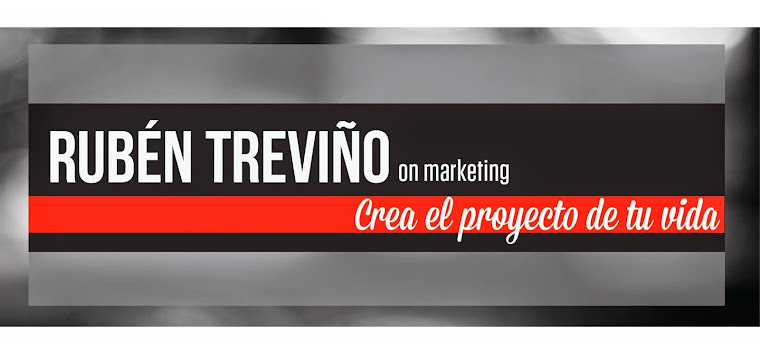As marketers, we knew that the sum of our core functional and emotional benefits divided by price would give us a proxy for brand value. Stronger brands had more price elasticity. However, the old definition no longer holds if you want to engage Millennials or older generations that are adopting a “Millennial Mindset.”

(Copyright© 2013 by Barkley. All rights reserved.)
Millennials don’t just want to buy your brand, they want to be a part of it. They’re looking for ways to participate. And they want to understand why you do what you do not just what you want to sell. As a result, the brand value equation has morphed to include participative benefits. This is key for tapping into Millennial passion — and therefore, Millennials’ dollars.
In The Participation Economy, (emotional benefits + function benefits + participative benefits)/price = brand value. We’ll explore this more in a bit. First, let’s review who makes up this generation — and how they influence your other consumers, too.
MILLENNIALS & THEIR INFLUENCE
Millennials, also known as Gen Y, make up 80+ million consumers in the United States alone. They were born between 1977 and 2000 (give or take a few years, depending on your definition.) In addition to these 80 million consumers, Millennials influence a significant number of people outside their generation. They are “tastemakers” when it comes to influencing new technology adoption and major cultural trends.
Barkley joined forces on a research project with Boston Consulting Group and SMG aimed at learning more about this demographic. The result was a research study, “American Millennials: Deciphering the Enigma Generation.“ We learned some really interesting things about this generation. You can learn more by watching this video.
HOW TO WIN IN THE PARTICIPATION ECONOMY
Millennials want to be active participants, not passive consumers. To win with this cohort, brands must incorporate participative benefits into their models. Take a look at the chart below. If the language on the left better describes how you discuss your marketing strategy, you’re likely to lose Millennial and Millennial-minded participants.

(Copyright© 2013 by Barkley. All rights reserved.)

(Copyright© 2013 by Barkley. All rights reserved.)
Driven by advancements in digital and mobile technology, Millennials are practically demanding to be a part of the process. The type of participation Millennials want to engage in breaks into three types. Millennials want to cocreate the products and services that you sell. Millennials want to co-create the customer journey or the customer experience. And Millennials want to cocreate the marketing — which goes beyond social media.
One way brands can do this is by crowdsourcing ideas. That’s what Sam Adams Boston Brewery did at South by Southwest with its CrowdCraft Project. The app allowed consumers to help determine a new brew’s color, hops, malt, body, etc. This is a perfect example of allowing consumers to be with you along the way.
DECONSTRUCTING SHAREWORTHY
Shareworthiness is rooted in Millennials’ strong desire for peer affirmation. According to Barkley research, 70 percent of Millennials say they are more excited about decisions they’ve made when their friends agree with them.
Common roads to shareworthiness include purpose and disruption. Is your idea causing people to stop what they’re doing, pay attention and engage in your brand? Or does your marketing and brand help Millennials feel better about themselves at the end of the day?
Can you spot the next BILLION DOLLAR idea?
Brands can’t ignore Millennial consumers any longer. Marketing is about relationships, and brands that want to be successful in the future need to spend serious time engaging this generation. These marketing efforts can no longer be a one-off scheme akin to a one-night stand. They need to develop into lifelong relationships.
Millennials will impact companies’ bottom lines unlike any generation before. Already, Millennials are estimated to have $1.3 trillion in spending power, which is 21 percent of the current consumer discretionary spending. This number will only increase as the cohort matures and fully enters the workforce.
Millennials want to be a part of your brand. They demand to know why you do what you do. They demand authenticity and transparency. When you make Millennial consumers feel good about themselves, they want to participate and share that excitement with their social networks — both online and offline.
So, the question is whether you can spot the next billion dollar idea?
Jeff Fromm is Executive Vice President of BARKLEY & Co-Author of Marketing To Millennials
SOURCE:
From, J. (2013). "Why the old definition of Brand Value has died." TIME. Retrieved from: http://www.psfk.com/2013/06/brand-value-new-definition.html
